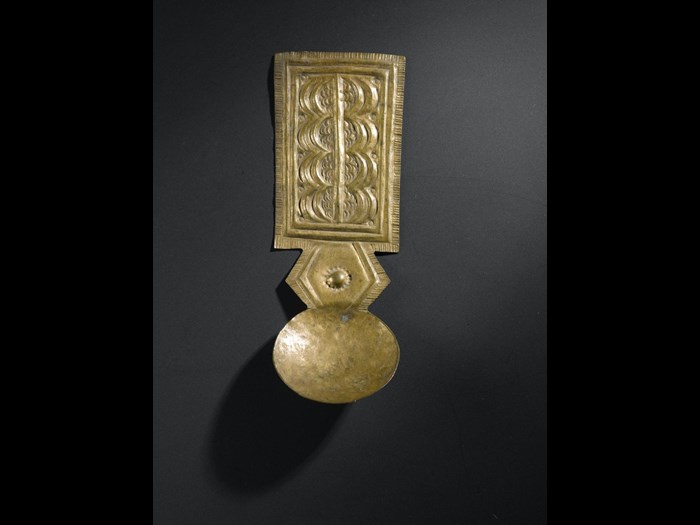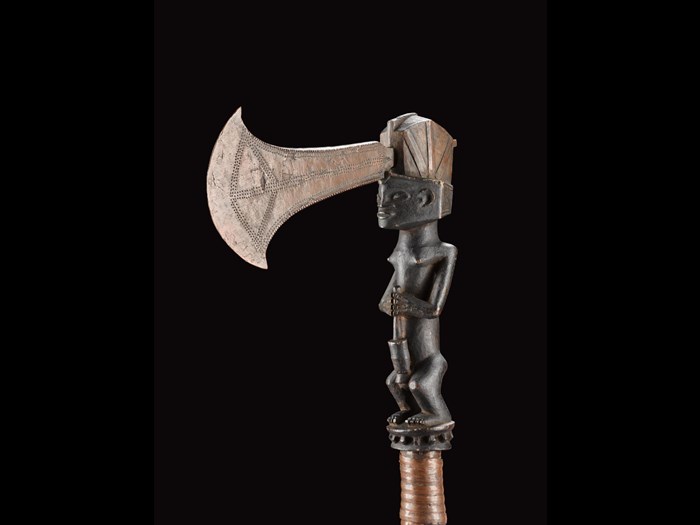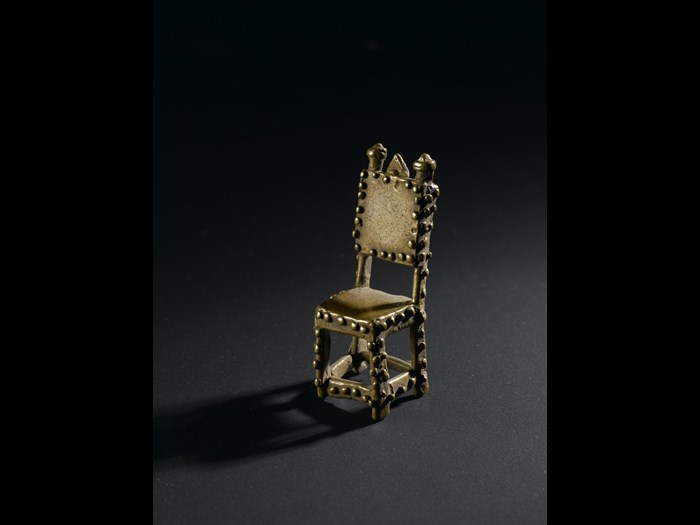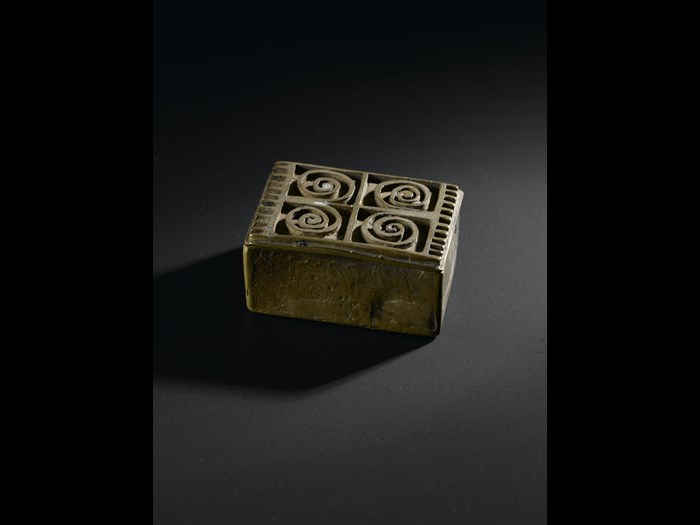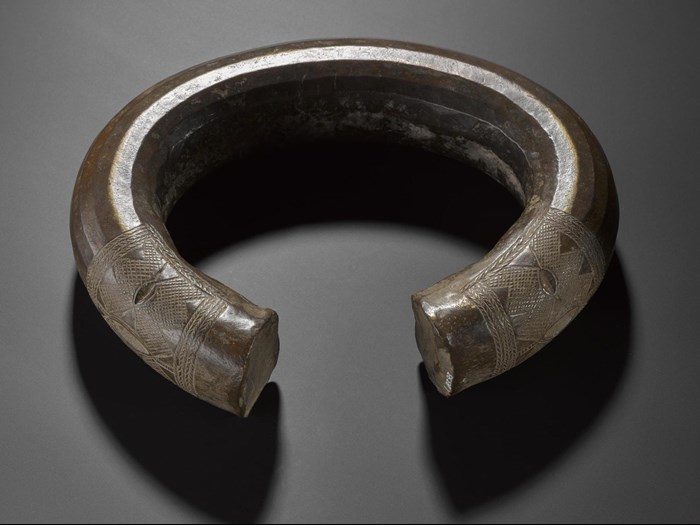Exhibition
National Museum of Scotland
The Art of African Metalwork
22 Feb - 25 Aug 2019
Grand Gallery, Level 1
Free
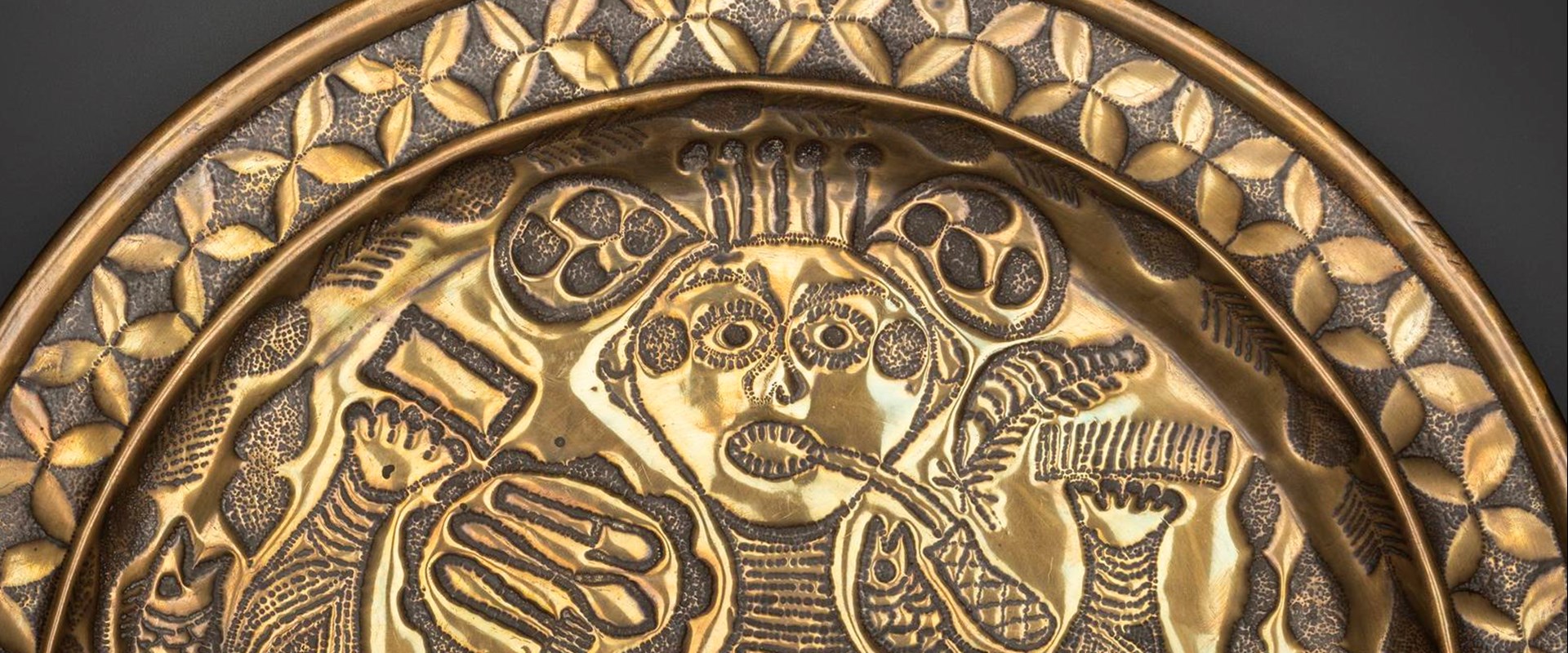
Discover how brass and copper once featured as mediums of exchange, status and power in Africa through highlights of the museum’s 19th and early 20th century collections from west and central Africa.
We want everyone who comes to our museums to enjoy their time with us and make the most of their visit.
- There is level access to the Museum via the main doors to the Entrance Hall on Chambers Street and the Tower entrance at the corner of Chambers Street and George IV Bridge.
- Lifts are available to all floors and accessible toilets are available on most floors, as well as a Changing Places (U) toilet in the Entrance Hall on Level 0.
- There is an induction loop in the Auditorium.
- Guide dogs, hearing dogs and other recognised assistance dogs are admitted.
Find out more about our access information.
Header: Circular brass embossed tray featuring a female with raised hands, probably Mami Wata, surrounded by fish and lizard and cross patterned outer border: Nigeria, South-Eastern State, Old Calabar, Efik or Ibibio, early 20th century.
Explore more
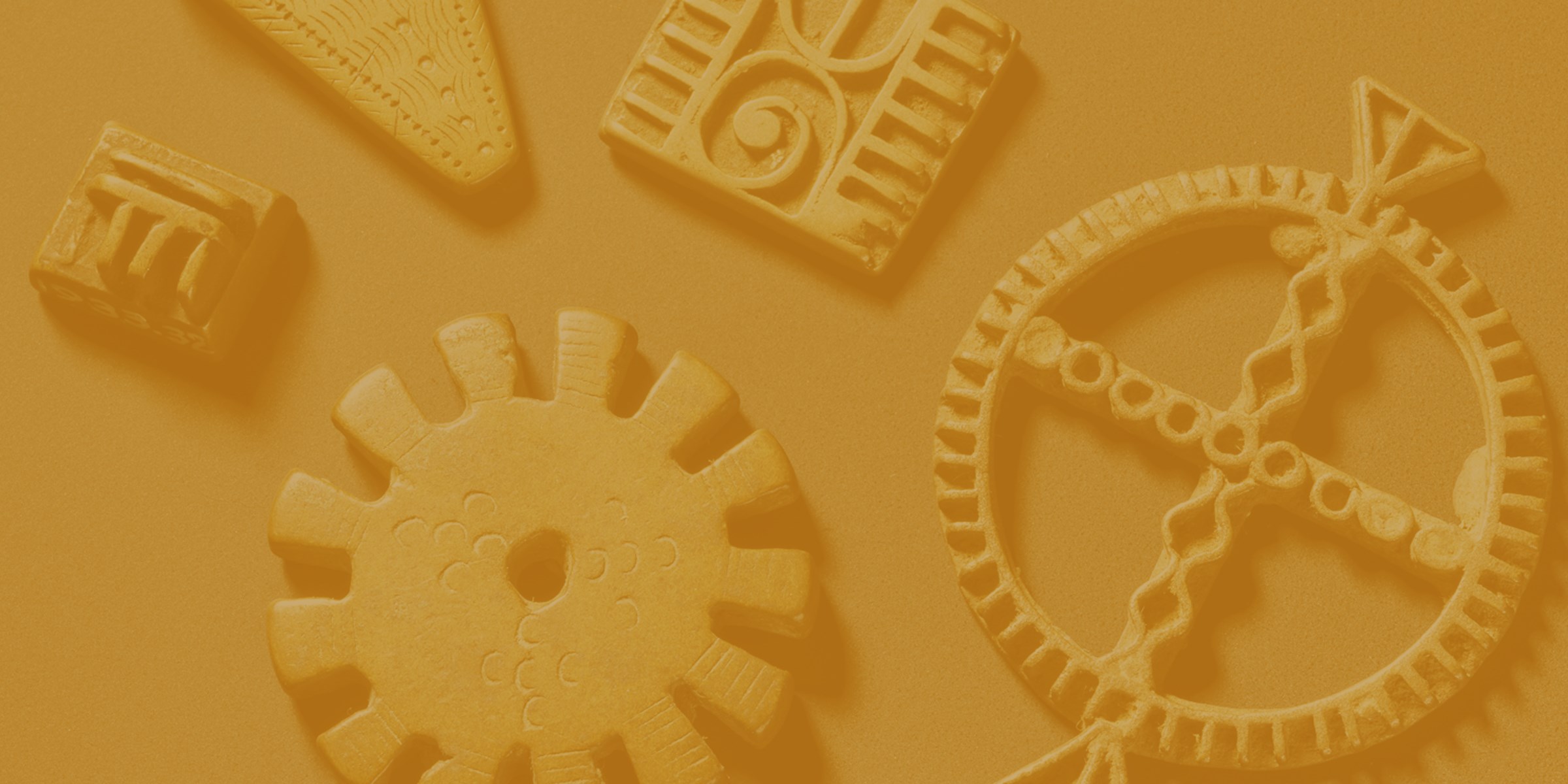
Story
Gold weights from Ghana
These small objects were essential tools for trade in West Africa until the end of the 19th century.
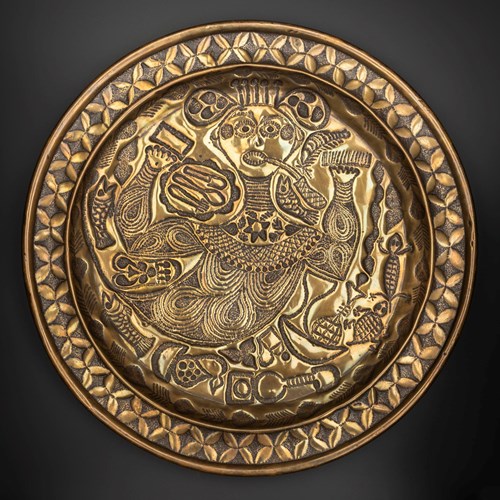
Story
Mami Wata brass tray
This embossed object is one of thousands of shallow brass basins, bowls and trays from Europe which were traded extensively along the west coast of Africa.
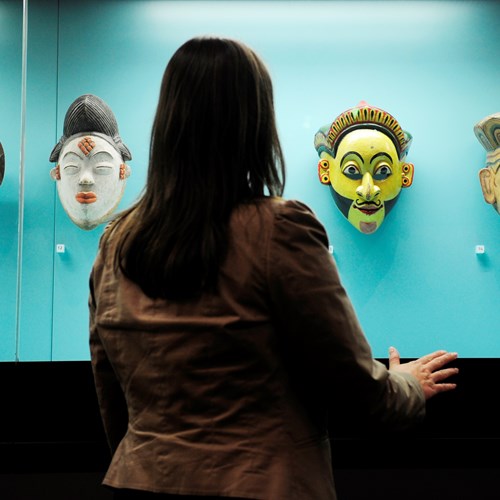
World Cultures galleries
How can you travel around the world without leaving Scotland? By visiting our World Cultures galleries.

